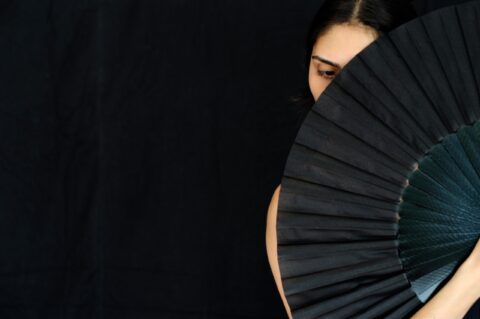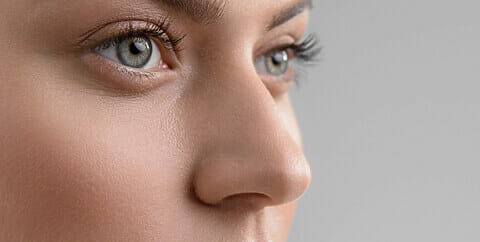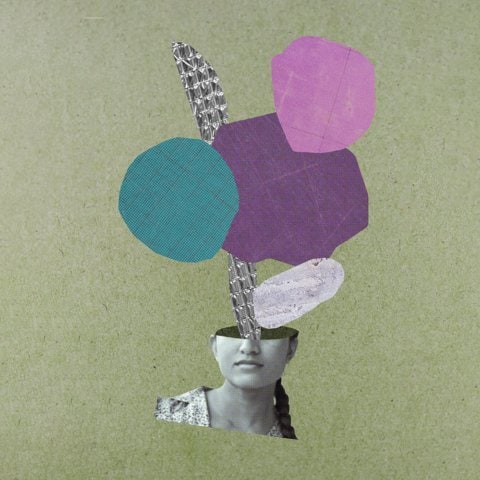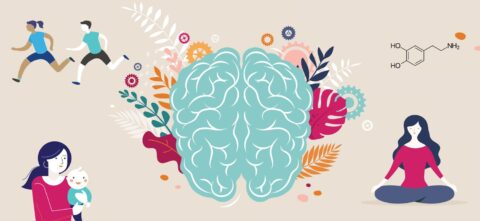If you suffer from a chronic sleep problem or suspect you have sleep apnoea, your doctor can refer you for a sleep study. There are three main types of sleep studies.
1. Polysomnogram
This study, called a PSG, requires an overnight stay at a sleep lab. Patients are fitted with sensors and then allowed to sleep. During the night the study will record brain activity, heart rate, blood pressure, oxygen levels, body movements and more.
2. Multiple sleep latency test
An MSLT sleep study is performed during the day and measures daytime sleepiness. Patients are given opportunities to nap for 20 minutes every few hours, and their brain and eye movements are monitored.
3. Maintenance of wakefulness test
The MWT is a daytime sleep study that measures alertness and your ability to stay awake. It’s used to assess sleep issues in a person for whom sleepiness is a safety issue, such as a bus driver or train operator.
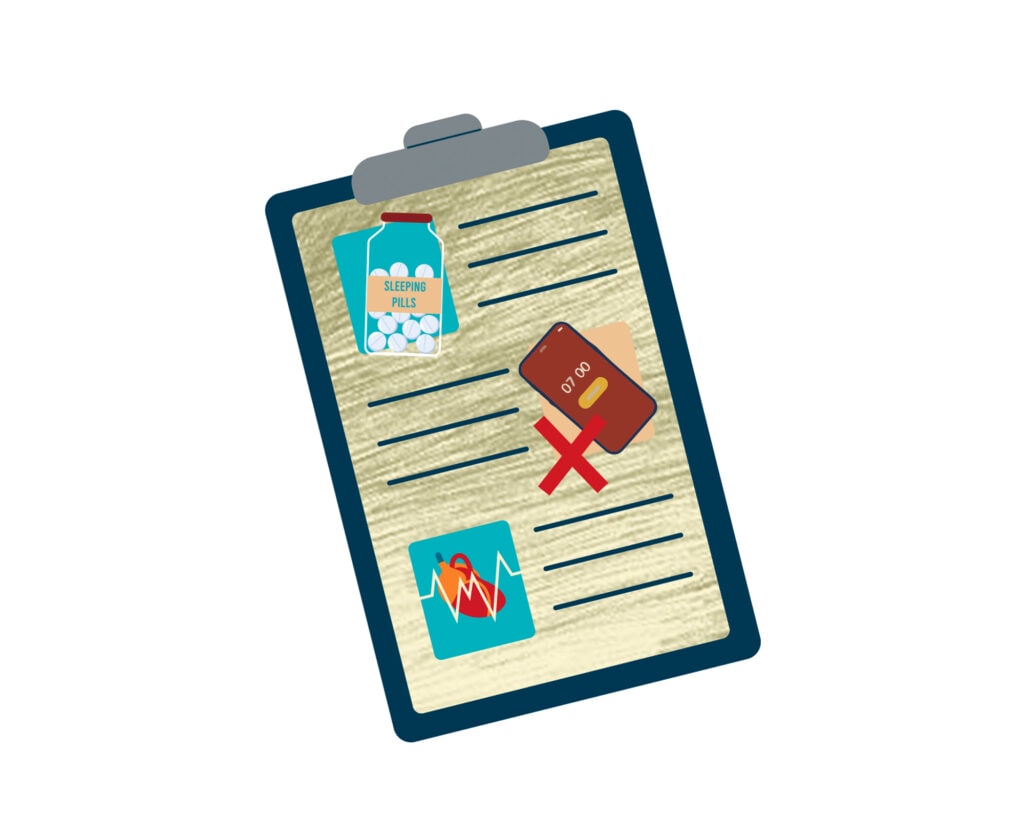
What happens during a sleep study
Sleep studies are a strange experience. Wires and electrodes are placed on your scalp and face, near the eyes and chin, to detect eye movements and chin movements caused by teeth grinding. Elastic belts may be placed around your chest and stomach to measure breathing. A tube may be placed in the nose to measure breathing, and electrodes placed on the legs to measure leg movement.
Monitors are used to measure the heart rate and a small microphone is placed on the throat to detect snoring. While it sounds impossible to sleep under these conditions, most of the people who need a sleep study eventually fall asleep – at least for long enough for the technicians to gather the data they need.



